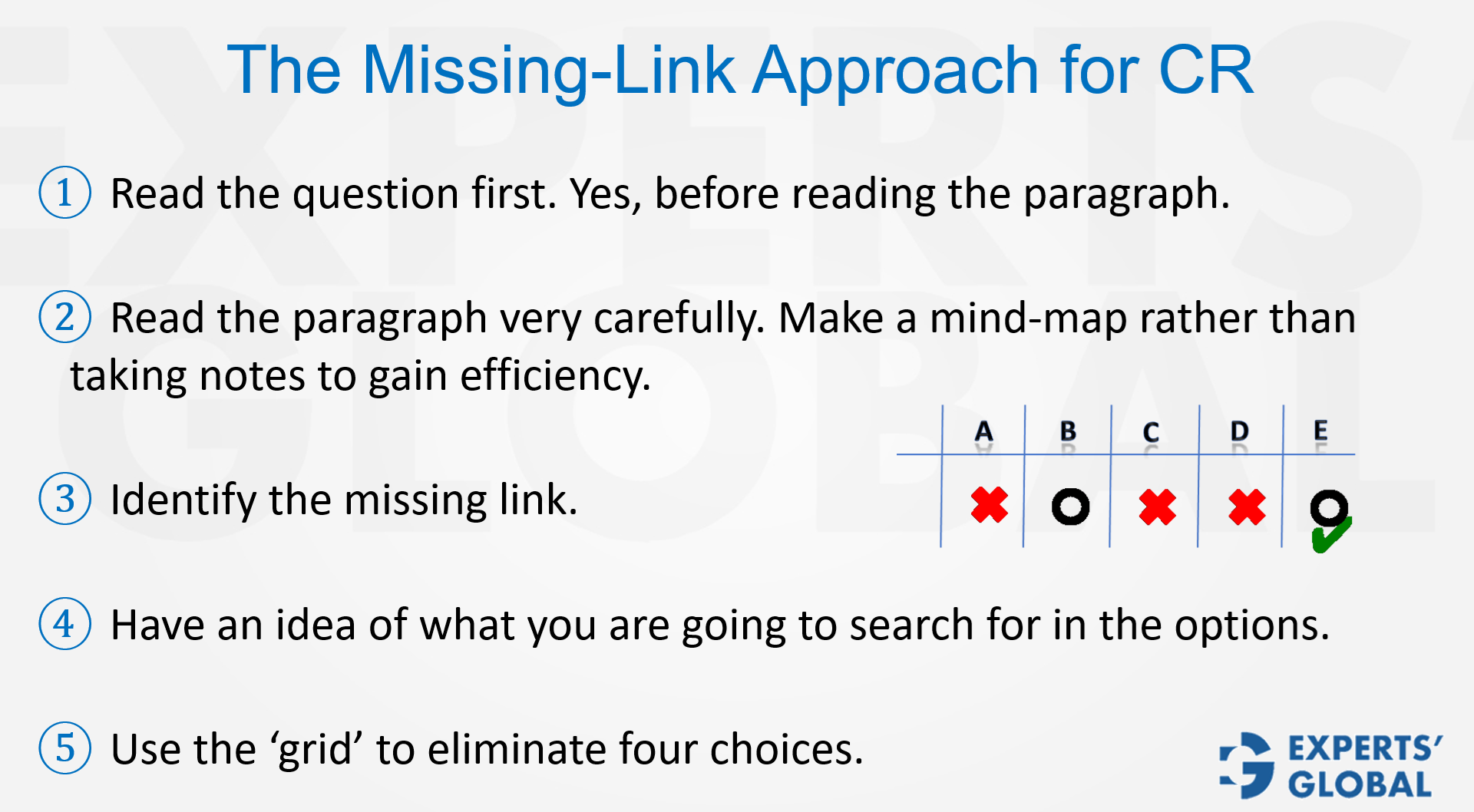Invest 30 seconds...
...for what may lead to a life altering association!
Help Line
- +91.8800.2828.00 (IND)
- 1030-1830 Hrs IST, Mon-Sat
- support@expertsglobal.com
...for what may lead to a life altering association!


GMAT CR sometimes tests the fallacy of confusing subsets and supersets. Basic example: “All scholarship recipients are applicants; therefore all applicants are scholarship recipients.” Flaw: recipients are only a subset of applicants; many applicants are not recipients.
Understanding subset–superset relationships is sometimes central to Critical Reasoning. This overview frames how truths about a subset need not extend to a superset, and conversely, how properties of a whole need not define every member. By mapping overlaps and boundaries before evaluating claims, you can avoid invalid inferences and clarify what must be true versus what may be true. The habit strengthens analytical reading in GMAT prep and transfers to evidence-based judgments in MBA admissions, where precise set reasoning underpins argument appraisal.

One subtle but significant logical flaw tested in GMAT critical reasoning is when subsets and supersets are mistakenly treated as interchangeable. The problem arises when test-takers assume that what applies to one must automatically apply to the other, without carefully analysing the relationship.

Consider the following…
All Olympic athletes maintain healthy body mass index.
Which (all) of the following MUST be true?
Olympic athletes are a subset of people with healthy BMI. However, not everyone with a healthy BMI is an Olympic athlete. The two groups overlap, but one does not define the other.
By carefully checking each statement against the set diagram of athletes and healthy individuals, you can distinguish what must be true from what is merely possible or outright false.
Accordingly, you can solve all the parts of the question. For a detailed explanation, please refer the video above.
Step 1: Read the question stem first so the exact requirement is unambiguous.
Step 2: Examine the reasoning carefully; draw a mind-map and identify the missing-link.
Step 3: Set your broad expectation from the correct answer choice.
Step 4: Eliminate four answer choices; the sole remaining choice is your answer.
Perform a final check before confirming.

This article highlight the importance of distinguishing subsets from supersets in logical reasoning. A truth about one group does not automatically apply to the other, and overlooking this distinction often leads to flawed conclusions. By practicing the discipline of mapping set relationships and testing claims against them, students strengthen accuracy and logical clarity. Regular exposure to such reasoning patterns through GMAT simulations builds the precision and confidence needed to evaluate arguments effectively in both academic and professional settings.
In life, much like in reasoning, clarity often rests on recognizing boundaries and overlaps without confusing one for the other. Subsets and supersets remind us that truth has context and that assumptions can mislead when precision is ignored. This principle applies not only to the GMAT but also to MBA applications, where broad claims must be supported by specific evidence. Practicing distinctions through a GMAT mock cultivates the discipline of careful thought, a quality that strengthens decision-making, nurtures intellectual honesty, and serves as a foundation for success in academic and professional pursuits.